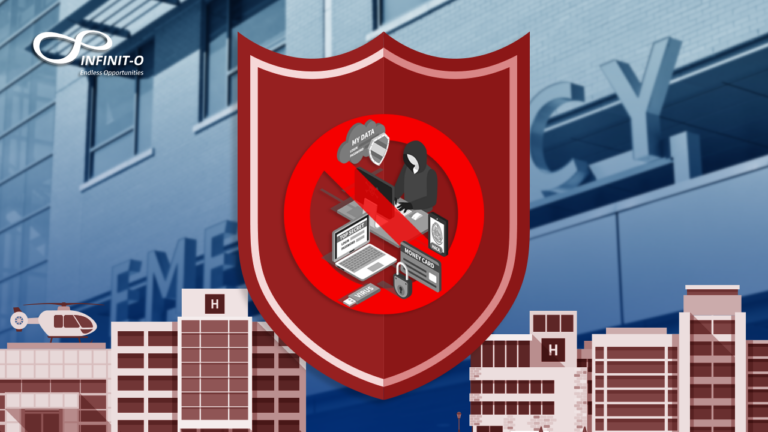The Emergence of Teleradiology in the Philippines
Developing countries suffer from a lack of trained radiologists. The Philippines is among those nations, with most medical professionals opting to practice abroad or going into other specializations. Unfortunately we need radiologists to read images that help all kinds of doctors, from obstetricians to orthopedic surgeons, to make the appropriate diagnosis.
Apart from determining specific conditions, the absence of a radiologist can get in the way of the overall medical workflow. The radiologist’s absence may also result in patients undergoing surgery without actually needing it. There’s also the risk of missing out on other medical problems early in the diagnosis and while the doctor can still treat the condition. How then can our country complete and achieve proper treatment for all Filipino patients?
The Teleradiology Solution
Lifetrack Medical Systems was founded to address this problem of lacking radiologists. This digital health startup is based in the Philippines and uses technology to tap the expertise of outsourced radiologists. Referred to as teleradiology, the system sends out images to available qualified professionals online. Remote reading of each image is provided even if the hospital site has no radiologists on call.
Eric Schulze is the CEO behind this innovative startup. He graduated with an MD-PhD from the UC San Francisco. He completed radiology residency at Harvard’s Mass General Hospital. During the early years of his career, Schulze developed a software system for for the remote reading and digital transmission of medical images. This system led to Lifetrack, which eventually built offices in the Philippines, Singapore, India, and other parts of the world.
Lifetrack does more than just send out images for reading. It also aims to train more radiologists within its location, as expertise in the field is honed through an apprentice. To address the absence of a radiology mentor, Lifetrack pairs the resident or apprentice with an experienced practitioner based elsewhere. Residents are given medical images using a browser-based viewer. They analyze what is given with the help of provided reference manuals and interactive educational materials. The analysis is sent online to the senior radiologist for his or her review. The resident receives the appropriate comments and edits on the submitted analysis.
Benefits of Teleradiology
Teleradiology rises above some of the health care problems faced in Southeast Asian countries. Many countries in this region must deal with medical talent shortages and underfunded healthcare systems alongside the rise of non-communicable diseases. These issues will only increase the demand for radiology services, which are unavailable especially for the most remote towns and provinces.
The talent shortage is no small matter. According to a study from a radiologist and professor in the University Sydney, there are only 650 registered radiology specialists for Indonesia’s 235 million population. A similar trend is seen as well in densely populated countries such as Malaysia and Thailand.
Health care also becomes more affordable with a teleradiologist. A full time radiologist would cost a hospital thousands of dollars annually. But teleradiology charges as small as $8 per analysis. For such a small price, patients immediately get the necessary expertise for their doctors to figure out the best treatment.
Teleradiology can also improve the workflow of hospitals. While the technology is meant to address the absence of radiologists, it can also provide radiology services for hospitals that don’t have staff during graveyard hours. Teleradiology also provides the option of remote staff for weekends, holidays, and other off hours. It can also provide a hospital sub-specialty type readings and emergency analysis.
Teleradiology is also useful for health care sites that have multiple facilities. Some companies have used this service to improve the workload sharing among individuals based in different locations. It has also been used for the in-house distribution of imaging studies. The service also provides radiologists the option of telecommuting, preventing any potential delays from a long trip to the hospital. Radiologists are also able to work at ease and tackle multiple cases if needed.
Second opinions are also made available through teleradiology. It is better for patients to seek a second opinion to reduce medical errors and assure a more accurate diagnosis. Second opinions also manage health costs with a faster delivery of a correct diagnosis and prevent any unnecessary medical procedures from happening. Teleradiology makes second opinions more available to hospitals and their in-house staff, most especially those in areas that do not have the equipment or manpower for more radiologists.
As indicated earlier, teleradiology is meant to provide radiology services even to the most remote areas. Many rural hospitals cannot afford additional staff. But having access to remote radiologists can enable these hospitals to address an influx of patients. At the same time, patients are guaranteed the expertise of doctors who have had years of experience. The doctors working in the rural hospitals are not limited by their lack of facilities or other professionals. It also saves them time and money without compromising the health of their patients.
Teleradiology is truly an exciting and innovative development in the Philippines. A multitude of opportunities arrives for both patients and health care practitioners. The potential for improved medical services is fulfilled, while also enabling growth in the outsourcing sector. The knowledge processing industry now has another service to provide to different countries. Teleradiology can also encourage more radiologists in the Philippines to employ their talents to remote areas and other Asian towns, all without having to leave the comfort of their homes.
Outsourcing has always been among the Philippines’ strongest assets. Infinit Healthcare is among the trusted outsourcing companies in the country. The company offers healthcare services such as medical coding, medical billing, medical IT support, and patient services to serve the back office needs of your hospital. Infinit Healthcare’s high quality support to the medical field would be a great complement to your hospital’s use of teleradiology. Outsourcing other patient related services also provides the same benefits, such as managed costs, avoiding extra staff hires, and efficient expertise at a very affordable price. Contact Infinit Healthcare today and see how we can better your hospital’s current services.
References:







This site is protected by reCAPTCHA and the Google Privacy Policy and Terms of Service apply.